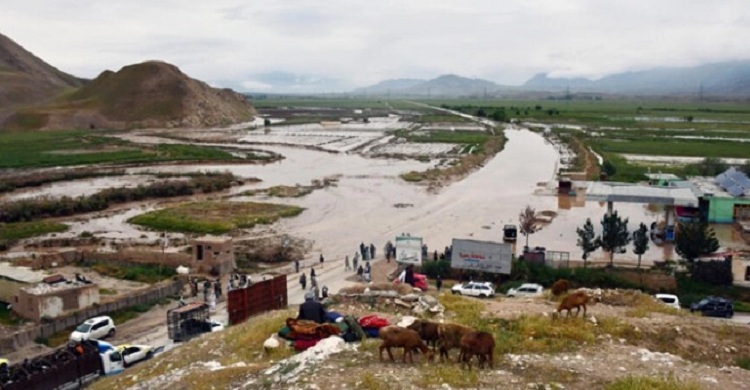
- International
NASA spacecraft 'Lucy' on its way to Jupiter
- International
- 18 October, 2021 09:28:27
International Desk: The National Aeronautics and Space Administration (NASA) has sent a spacecraft to test the asteroids orbiting Jupiter or Jupiter. The mission is expected to help unravel the mystery of how the solar system was created.
This expedition is called the expedition to find the 'fossils' of the solar system. The spacecraft, named 'Lucy', was launched from Cape Canaveral in the US state of Florida on Saturday, local time. The space probe Lucy will observe the massive layer of gas in Jupiter's orbit, which is surrounded by a swarm of asteroids.
Scientists at the US space agency NASA say these objects remained as remnants during the formation of the planets. As a result, these asteroids, known as Trojans, are thought to contain important clues about the structure of the solar system.
NASA plans to spend ৮ 961 million on the mission over the next 12 years. During this time Lucy will observe seven Trojans (asteroids). Earlier, the company had sent a spacecraft to observe the asteroid.
Lucy is a well-known fossil of a human body found in Africa. Through which scientists are able to know a lot of information about ancestors. This mission of NASA has taken inspiration from that name and has also taken the name. The difference is that this spacecraft will look for history on a planet millions of kilometers away from Earth and will revolve around the Sun along with Jupiter.
"Trojan asteroids orbit Jupiter at an angle of 60 degrees," says Hal Levison, Lucy's chief examiner for the Southwest Research Institute in Colorado. They are stuck under the gravitational influence of Jupiter and the Sun. If an object were placed there at the beginning of the solar system, it would remain that way forever. So it can be said that these are actually fossils made up of a planet. '
Lucy will use her tools to test each city-shaped object. They will examine their size, structure, surface composition, temperature and what they are made of.
In addition to this, Lucy will also examine the other asteroids that will come around Jupiter. In this space mission, Lucy will cover a distance of 600 billion kilometers, which was once considered impossible.
Comments (0)


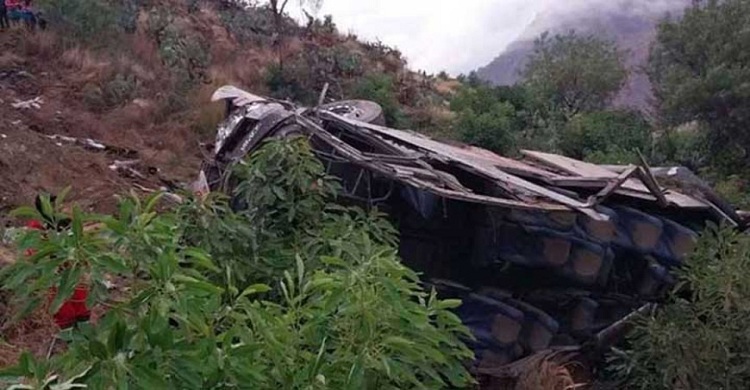
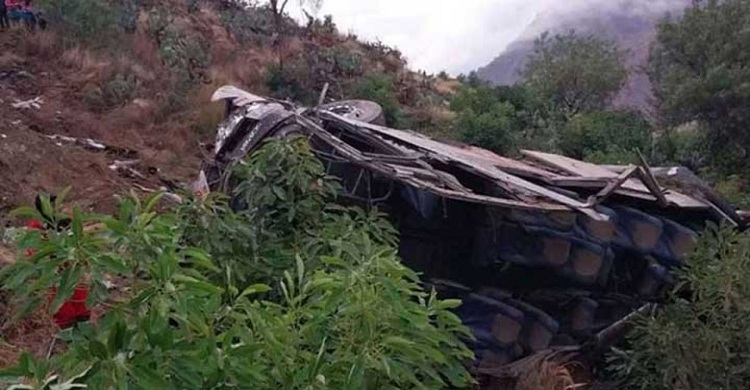


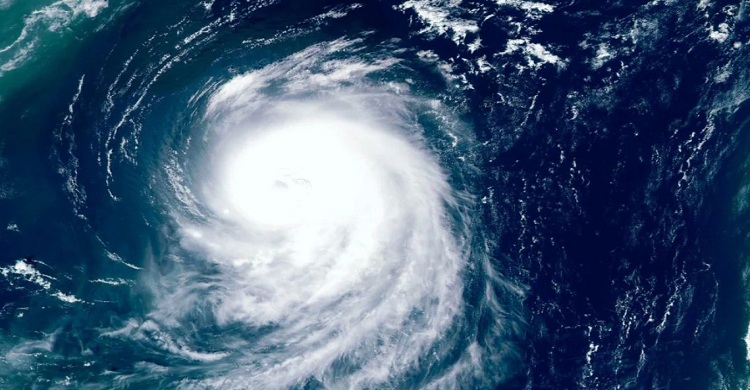





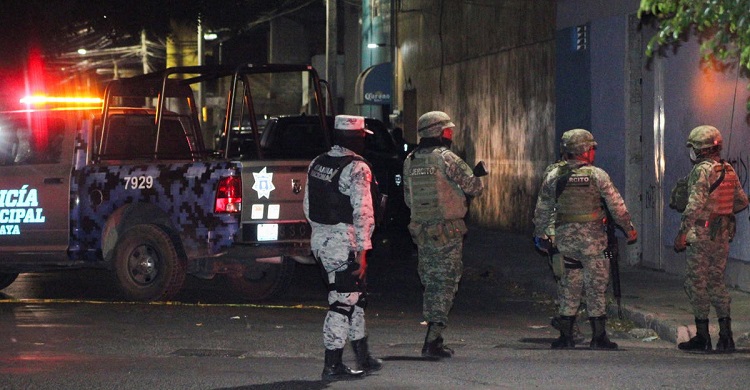





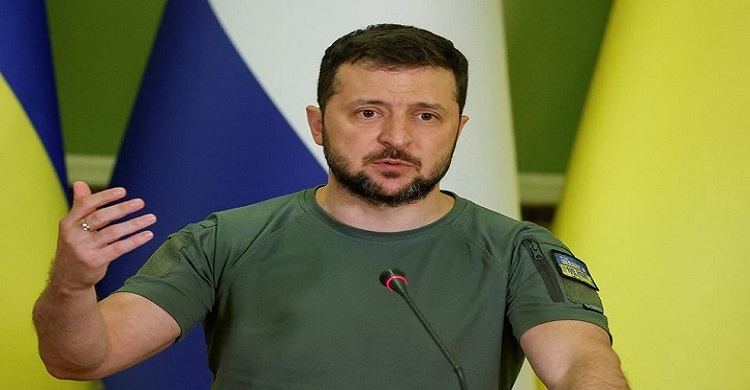
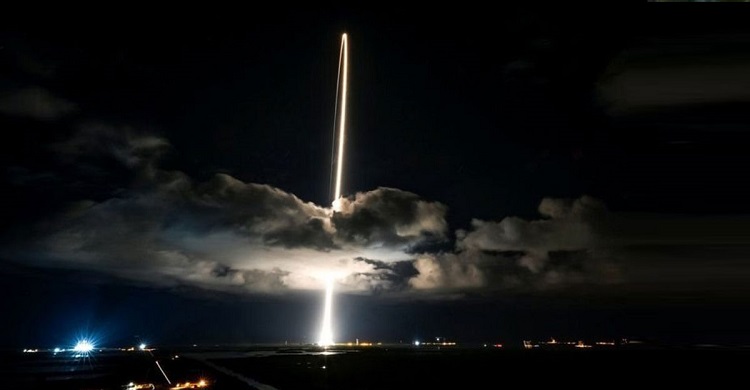





Comment ( 0)